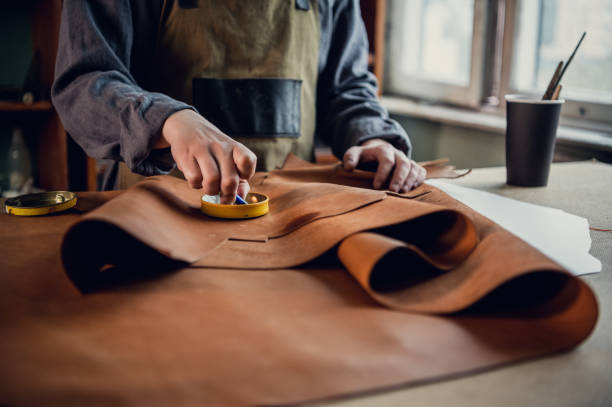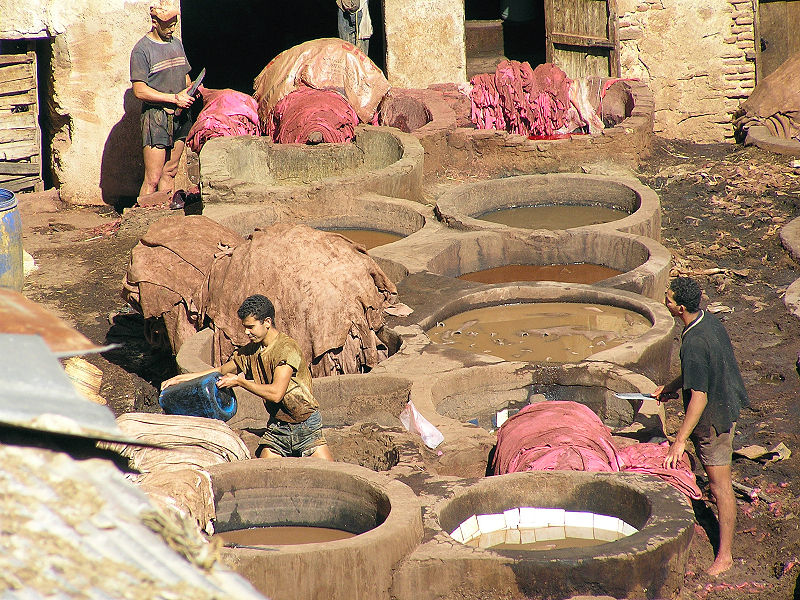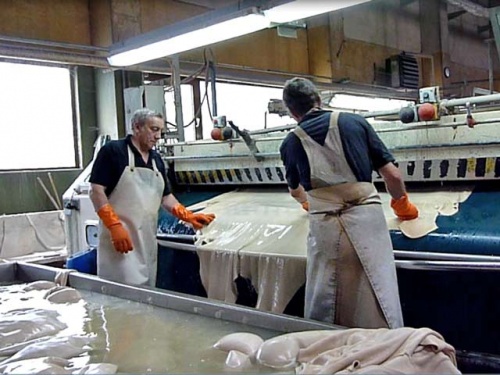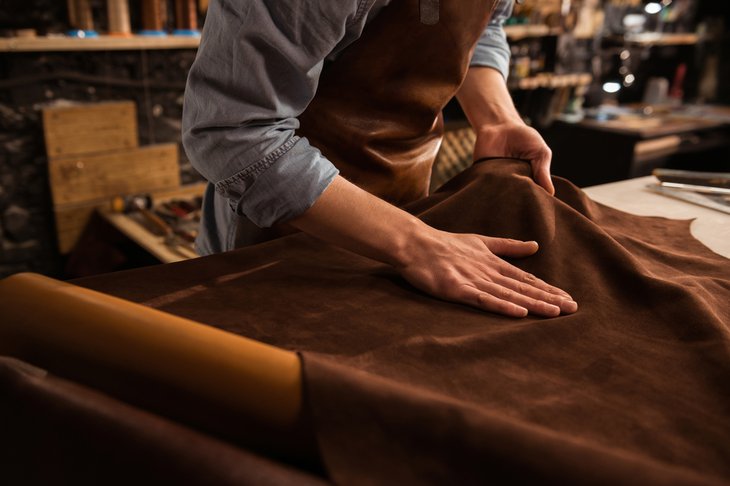Leather is a versatile and durable material that has been used for centuries to create a wide variety of products, from clothing and accessories to furniture and home décor. However, not many people are familiar with the artisanal process of crafting leather, which involves several steps that turn raw hides into beautiful, functional pieces.

First step: Sorting the Hides
The first step in the process is to sort the hides based on quality and thickness. Hides are usually sorted into three categories: top grain, split, and corrected grain. Top grain is the highest quality and is used for products like high-end leather goods, while split and corrected grain are used for products that don't require as much durability.

Second step: cleaning and soaking
The hides are cleaned after sorting to get rid of any filth, blood, or oil that might be on them. The hides are also softer as a result, making them more ready for the process' subsequent steps.

Third step: Sunbathing
The process of tanning preserves the hides to stop them from deteriorating and crumbling. The hides are prepared for this by being soaked in a solution of tannins, which are organic compounds that are obtained from the bark, leaves, and other parts of trees. The tanning process can be altered to obtain the appropriate look and feel for the leather since different types of tannins yield various colors and finishes.

Fourth step: Drying and Stretching
Once the hides are tanned, they are dried and stretched to remove any wrinkles or imperfections. This also helps to distribute the tannins evenly throughout the hides, ensuring a consistent color and finish.

Fifth step: Dyeing and Finishing
The final step in the artisanal process of crafting leather is dyeing and finishing. This involves adding color to the leather using dyes or stains, and then applying a protective coating to make it more durable and resistant to water and wear.

In conclusion, the artisanal process of crafting leather is a complex and time-consuming process that requires a great deal of skill and attention to detail. From sorting and cleaning the hides, to tanning, drying, and finishing, each step is critical to producing high-quality, beautiful leather products that will last for years to come. Whether you are a leather artisan, a designer, or just someone who appreciates the beauty of this material, understanding the process of crafting leather is an important part of appreciating its value and versatility.
If you found this guide useful, check out our full collection of leather here

